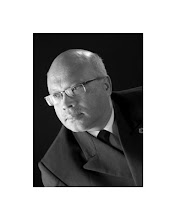Why buy art ?
Have you ever asked your self this question ? Now here are some good reasons why you should buy art !
Art Is For Enjoyment.
Art Enhances Your Environment.
Art Makes a Statement.
Art Can Be An Investment.
Art Enriches Your Life.
Art Makes An Impression.
Here are some tips on how Art Can Be An Investment!
Art can pay good returns, but usually takes time ard rarely happens overnight. If you’re hoping to make a quick profit, art will not be the right avenue for you. There are investors, of course, who like to put their money in art. They do this for two main reasons: aesthetic (emotional) as well as financial benefits. Art is one of those peculiar investments which you can actually both admire and enjoy. And the adventure of researching and hunting down a desired piece of art can be as much fun as owning it! Many art collectors enjoy combing galleries, websites, auctions and even flea markets in pursuit of their passion.
Profiting from the sale of a find becomes a bonus. The promise of both pleasure and profit from art certainly adds to the appeal of art collecting.
Here are some tips on how to build anart collection !
Tips on Art Collecting:
* Buy art that you like, and enjoy looking at.Not only as investment it must represent your taste and feel.
* Develop your "eye" and feel for art, by going to museums ,galleries exhibitions and libraries.
* Don't overlook the potential reach of the Internet: lots of galleries are now available "on-line" with huge selections of all art forms.
* Collect original art for its richness and added depth, rather than prints. An original painting has texture and volume, and colours are rich.
* If you have to settle for a print, choose a high quality canvas print.
* Acquire pieces painted by unknown & emerging artists- often you can find them at a reasonable price.
Nigel Thomas
Art Enthusiast
http://www.artreview.com/profile/NigelThomas











